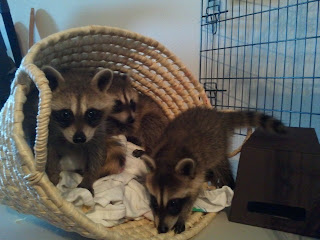3 cups bread flour*, packed and leveled
1 1/4 teaspoons salt (iodized)
1/4 teaspoon active dry yeast
1 1/2 to 1 3/4 cups cool water
Coarse cornmeal for dusting
 |
| Step 2 - the wet dough |
 |
| The Cast Iron Pot -3 Quarts |
Proverbs 23:15
Note: I like King Author Bread flour
1. Combine all dry ingredients in a large mixing bowl. Mix thoroughly
1. Combine all dry ingredients in a large mixing bowl. Mix thoroughly
2. Add 1 1/2 cups water and stir with rubber
spatula. Add additional water and stir as needed, until you have a thoroughly
mixed, wet, sticky mass of dough. This dough is much wetter than normal bread
dough and will NOT form a ball. (*For Sourdough you add 1/2 - 1 cup of starter)
3. Cover the bowl with plastic wrap and let sit at
room temperature, out of direct sunlight, for 12-18 hours.
4. After 12-18 hours have passed, your dough should
be dotted with bubbles and doubled in size. Dust a wooden cutting board with bread
flour, using rubber scrapers turn out dough onto the board. Although the dough
will be sticky do not add additional flour. Dust the top of the dough lightly
with bread floor and cover with a clean cotton tea towel. Let dough rise
another 1-2 hours.
5. About 30 minutes before the second rise is
complete, place your 3 quart cast iron pot (without lid) on rack positioned in
the lower third of your oven. Heat oven to 475 degrees.
6. Once your oven has reached 475 degree, remove
the pot and sprinkle with 1 teaspoon of course corn meal on the bottom of the pot. BE
CAREFUL THE POT WILL BE VERY HOT!
7. Uncover dough and using a rubber spatula, shape
dough into a ball and carefully lift dough into the hot pan. Dust top of dough
with corn meal. Place lid on pot.
8. After 35 minutes remove lid, and place back in the oven for
another 12 minutes until loaf is browned, but not burned.
9. Remove pot from over. With a sturdy wooden spoon
remove bread from the pot, and place on a cooling rack. Do not slice for at
least an hour. Mine always falls out when I turn the pot over, no need for any tools.
* If making sourdough bread add 1/2 cup of sourdough starter.
 |
| Yummy. Can you Smell it? |
NOTE: This is easy bread dough that requires NO KNEADING! It is
delicious, and my family loves it! However, the cast iron pot is very
important to the
bread. I've never tried using a bread pan, but I believe the main problem is
that a typical bread pan doesn't get hot enough.


























